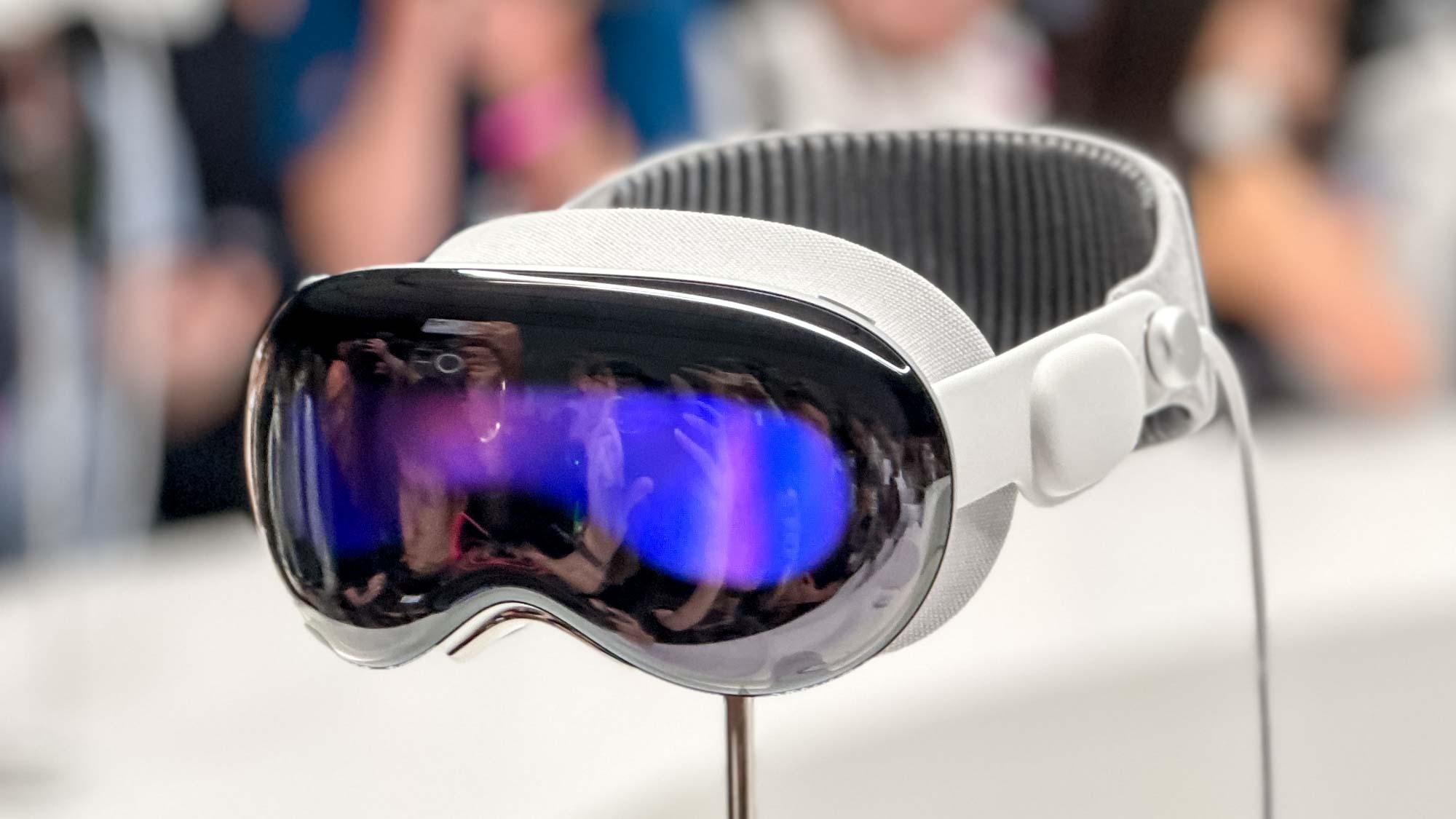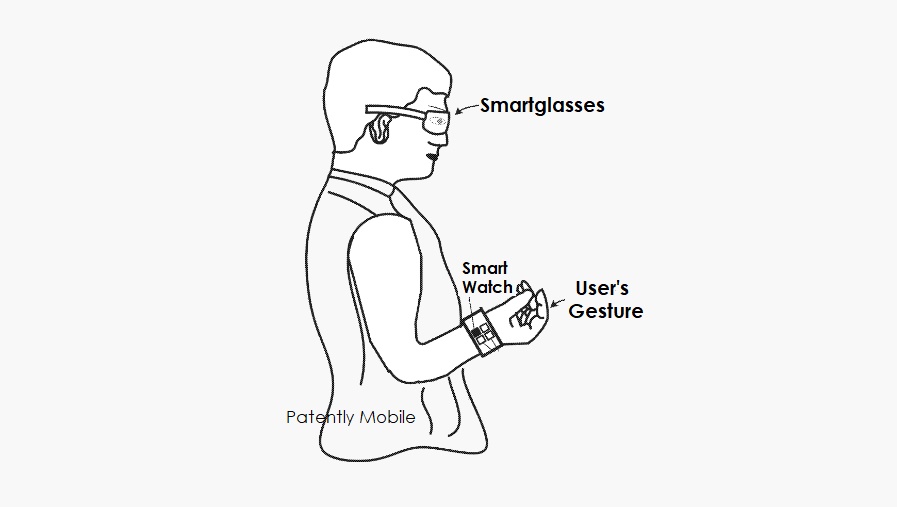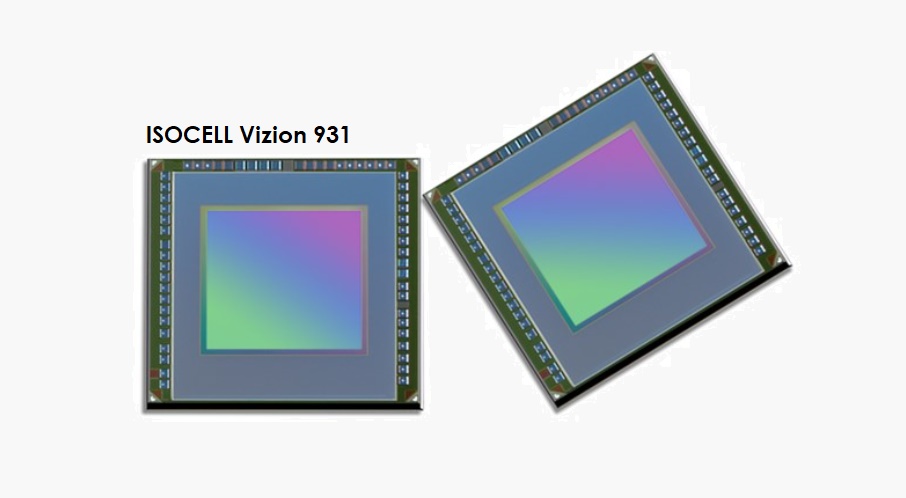
Apple Vision Pro is close to launch, and the competition around it is starting to heat up. From the likes of the Meta Quest 3 offering a similar experience for cheaper, and the Xreal Air 2 using software to give you spatial computing in its standard AR glasses, companies are lining up to take on Cupertino.
And now, two more companies are lining up with some big ideas. Reported by Patently Apple, Google is reusing its radar tech from the Pixel 4 as a breakthrough method of hand gesture recognition, and Samsung has made two new image sensors that drastically improve inputs and depth sensing.
Back to radars

Some of the most successful gadgets come from companies that take old tech from bad devices and reuse it in a far better way. By bringing back the ‘Soli’ radar solution from Pixel 4 to use in an XR headset, Google is onto something in my opinion.
The Apple Vision Pro’s method of tracking hand gestures is rather basic in principle — stick a load of cameras in the bottom to see what you’re doing and call it a day. Yes, I know there is a lot of software work and computation happening in the background to make this work, but this is what’s happening on a hardware level.
Google’s recent patent shows a reinvention of the method to do this, by taking the same radar tech that gave the Pixel 4 all of its weird touch-free gesture controls, and putting it in a smartwatch. With this band, the headset can read gesture inputs using the radar, as well as the tiniest movements in muscles or ligaments of up to 3mm.
What is the main benefit of sticking all the tech around the wrist? It will dramatically reduce the size of the headset itself. Apple’s hefty option has to sport those larger dimensions to fit all the cameras and sensors inside it. This could vastly improve the wearability of Google’s headset, which could arrive sometime in 2024 or later.
Seeing things differently

Meanwhile, Samsung is taking a more traditional approach with image sensors and has invented a new type of sensor to help in its next-gen XR headset efforts. Specifically, the ISOCELL Version 931, which is a new sensor that works like the human eye — packing a rolling shutter that exposes all pixels to light at the same time,
This allows the sensor to accurately track eyes, facial expressions, hand gestures and even provide iris recognition for device security. That’s not all though, as Samsung has also introduced the ISOCELL Vizion 63D, which works similarly to how bats navigate in the dark — using an indirect time of flight sensor that can measure distance and depth.
With these sensors combined, you can see Samsung coming close to cracking the code on competing with Apple Vision Pro, with an iTOF sensor mapping 3D environments for augmented reality, and the sensors reducing system power drain by up to 40%.
More from Tom's Guide
- Meta’s new VR headset looks just as weird as Apple Vision Pro — I really don’t want to see your eyes
- Apple Vision Pro could launch sooner than expected — here’s what we know
- Apple Vision Pro rumored 'Magic Battery' is anything but magical — here's why







